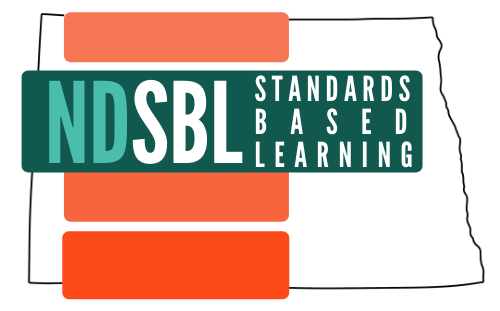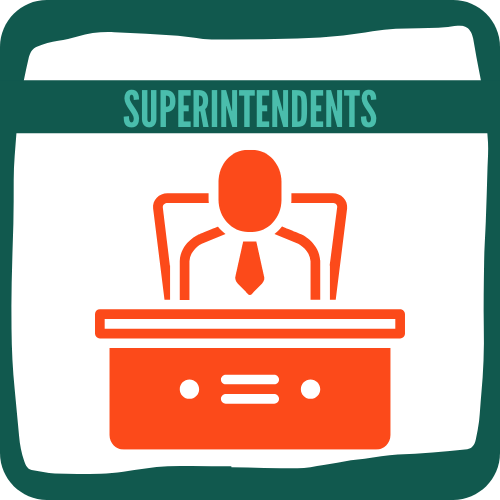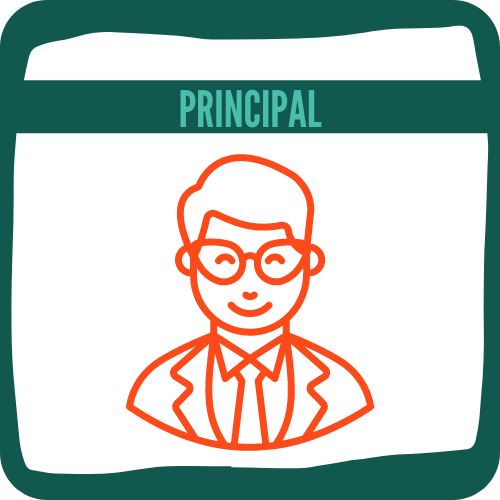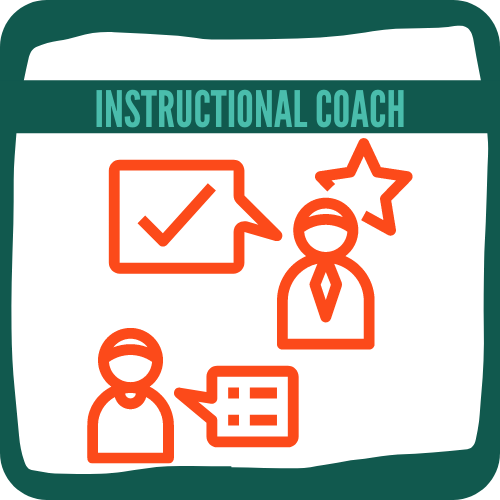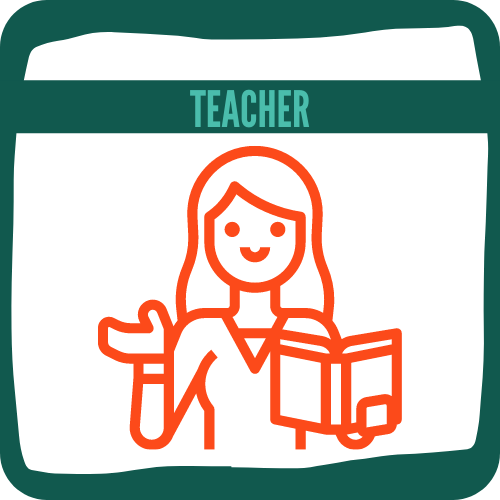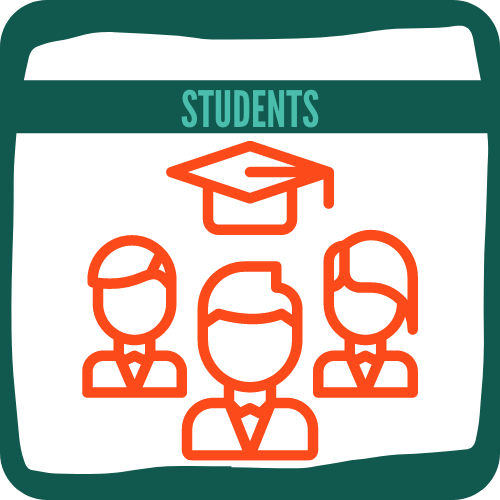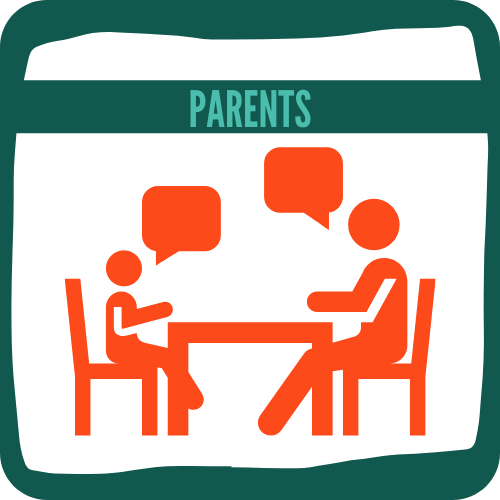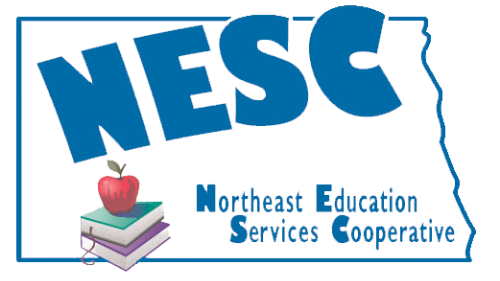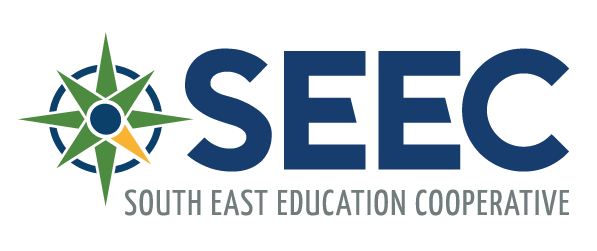North Dakota
Standards-Based Learning
|
In this issue, we explore the what, why, and how of proficiency scales starting with a look into the decisions we make during scale development, followed by opportunities to stretch our learning thanks to fellow North Dakota school districts and possible role-based supports.
|
A Closer Look at Proficiency Scales
|
Proficiency scales articulate learning progressions for each prioritized standard. Learning progressions describe how students' understanding of a topic develops over time (Daro, Mosher, & Corcoran, 2011; Heritage, 2008, as cited in Heflebower, Hoegh, & Warrick, 2014).
|
Through our experiences, the following components of proficiency scales can present challenges during the design process but are worthy of time and careful attention as they can lead to great rewards during classroom implementation. These are components that allow teachers to plan for and conduct student-centered instruction, assessment, and progress monitoring.
|
- A thorough, yet tight, list of foundational knowledge and skills within Score 2, aligned to the Score 3 expectation
- A limited list of vocabulary words identified as foundational knowledge within Score 2 and aligned to the Score 3 proficiency expectation (identified for explicit instruction, assessment, re-assessment, grading and reporting)
- A progression of rigor from Score 2 through Score 4 in how students would be expected to engage with the content
- A Score 4 expectation that demonstrates students' inferences and in-depth understanding beyond the proficiency expectation without the requirement of explicit instruction or limitation of assessment options
|
If you are in a school district that wants to start drafting proficiency scales, reviewing other schools' scales can help you to determine a format that’s a good fit for your stakeholders and implementation plan. If you are part of a school district that’s looking to enhance your existing scales and move your implementation forward, the samples that follow may stimulate some insights. We present the following examples as an opportunity to learn more about scales, to help you move forward in your practices, and to make connections with other districts engaged in similar work.
Thank you to the following school districts for sharing samples of their work in an effort to move standards-based learning forward across North Dakota.
|
How can I use this information in my role?
|
Superintendents
The work of drafting (or reviewing and modifying) scales to align with local priority standards and curriculum is heavy work. And that’s just the start! Once a great scale is developed, some of the most important work is the planning for assessment and instruction based upon the scale. You can support this process by providing instructional staff ample time and resources to collaboratively develop, reflect upon, and enhance these district tools.
|
Principals
Because this work is so robust, some districts struggle to begin. Teachers or teacher teams feel they need to craft the perfect scale or complete an entire set of scales for all grade levels and courses before initiating implementation in the classroom. From our experience, this delays any kind of classroom implementation or student impact significantly. Our advice: Just start! Encourage your teachers to draft one scale for one priority standard or cluster of standards within one content area or course, and start using it with students as part of an instructional unit. Your teachers can also use the ND scales and modify as needed. They will quickly discover possible enhancements and next steps.
|
Instructional Coaches
The teachers have developed or adopted scales. Now, help them maximize student impact by bringing the scales to life! Are they using the knowledge and skill targets within the levels of the scale to design pre, post, and formative assessments and to differentiate student supports throughout the instructional unit? Are teachers conferencing with students about the learning progression (“I’m performing here now as evidenced by ___, and my next step is ___.”)? How can the teaching staff work together to help students understand Score 4’s and encourage students to pursue Score 4’s?
|
Teachers
It is wonderful if you are using your scales to plan for assessment and instruction. Beyond that, consider how you can help students to engage with the scales throughout each instructional unit as a way to make meaning of the expectations and related activities, reflect upon their learning, and monitor and celebrate progress.
|
Students
Can students explain the learning targets and classroom activities in relation to the proficiency scale? Do they understand their current level of performance and next steps within the learning progression? Do they understand how to use the proficiency scale as a tool to track their progress in relation to a goal?
|
Parents
Help families to understand scoring through proficiency scales. In a traditional grading and reporting system, an “A” (the highest possible mark) is the target for most students and one that is quite commonly achieved. On a proficiency scale, a Score 3 (the proficiency expectation) is the target for students by the end of the year, and yet there is a Score 4 on the scale that is likely expected by high-achieving students and their parents/guardians - but remains elusive to most. This can be a confusing concept for families who are used to seeing A’s on report cards and therefore, would be expecting Score 4’s across all courses/content areas. Clarify your Score 4 messaging as a district and be proactive in your communications with families to help them understand.
|
What can I do right now with this information?
|
We've Got Proficiency Scales...
Now What?
This is a ONE-DAY WORKSHOP, offered in TWO LOCATIONS, across North Dakota!
- June 7, 2023 - Bismarck
- June 8, 2023 - Fargo
- 8:30am - 3:30pm CT each day
The full potential of proficiency scales is achieved only when there is prominent use of these tools by the teacher and students in a classroom. Join Jan K. Hoegh from Marzano Resources as she shares information, insights, and ideas for how to ensure that scales are optimally used by teachers and students in various ways for different purposes.
Read more & register here!
|
Workshop Facilitator:
Jan Hoegh, Marzano Resources
|
State Working Groups
The NDSBL implementation team is seeking North Dakota educators who will serve as content specialists from grade K-12 schools and school districts to operationalize North Dakota Education Content Standards. Selected educators will engage in collaborative study of prioritizing standards and updating/creating proficiency scales (progressions of learning) for the purpose of improving core instruction.
- June 2, 5 & 6 - Virtual
- 9:00am - 4:30pm CT each day
- Seeking educators for the following Grade K-12 working groups:
- English Language Arts (ELA)
- Math
- Music
- Essential Skills (skills for life, learning, and work)
Read more and apply here!
|
Collaborative work among these Regional Education Associations (REAs) and with educators across the state produced the North Dakota Priority Standards, proficiency scales, and additional resources, all supported by the North Dakota Department of Public Instruction.
|
|
